Hyundai IONIQ 5 vs Renault Captur – Performance, range & efficiency compared
Both models have their strengths – but which one suits you more?
Compare performance, efficiency, price and space directly: Hyundai IONIQ 5 or Renault Captur?
Costs and Efficiency: Price and efficiency are key factors when choosing a car – and this is often where the real differences emerge.
Renault Captur has a decisively advantage in terms of price – it starts at 20100 £, while the Hyundai IONIQ 5 costs 38500 £. That’s a price difference of around 18351 £.
Engine and Performance: Under the bonnet, it becomes clear which model is tuned for sportiness and which one takes the lead when you hit the accelerator.
When it comes to engine power, the Hyundai IONIQ 5 has a convincingly edge – offering 650 HP compared to 158 HP. That’s roughly 492 HP more horsepower.
In acceleration from 0 to 100 km/h, the Hyundai IONIQ 5 is significantly quicker – completing the sprint in 3.50 s, while the Renault Captur takes 8.50 s. That’s about 5 s faster.
In terms of top speed, the Hyundai IONIQ 5 performs noticeable better – reaching 260 km/h, while the Renault Captur tops out at 180 km/h. The difference is around 80 km/h.
There’s also a difference in torque: Hyundai IONIQ 5 pulls convincingly stronger with 770 Nm compared to 270 Nm. That’s about 500 Nm difference.
Space and Everyday Use: Beyond pure performance, interior space and usability matter most in daily life. This is where you see which car is more practical and versatile.
Both vehicles offer seating for 5 people.
In curb weight, Renault Captur is clearly lighter – 1293 kg compared to 1955 kg. The difference is around 662 kg.
In terms of boot space, the Hyundai IONIQ 5 offers to a small extent more room – 520 L compared to 422 L. That’s a difference of about 98 L.
In maximum load capacity, the Hyundai IONIQ 5 performs slightly better – up to 1580 L, which is about 217 L more than the Renault Captur.
When it comes to payload, Hyundai IONIQ 5 to a small extent takes the win – 530 kg compared to 457 kg. That’s a difference of about 73 kg.
Who comes out on top?
Overall, the Hyundai IONIQ 5 shows itself to be dominates this comparison and secures the title of DriveDuel Champion.
It convinces with the more balanced overall package and proves to be the more versatile choice for everyday use.
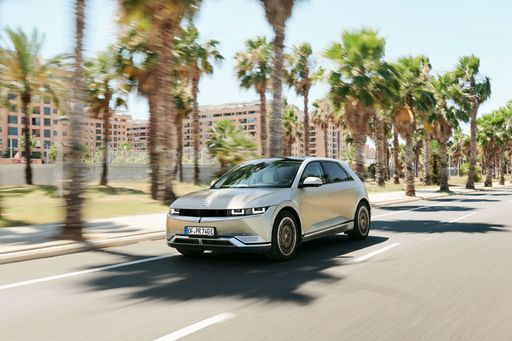
Hyundai IONIQ 5
Hyundai IONIQ 5
The Hyundai IONIQ 5 showcases a bold and futuristic design that captures attention with its striking facade and sharp lines. This electric vehicle offers an impressive blend of performance and efficiency, making it a compelling choice for environmentally conscious drivers. Inside, the spacious and tech-forward interior provides a comfortable and engaging driving experience for both driver and passengers.
details @ hyundai.news
@ hyundai.news
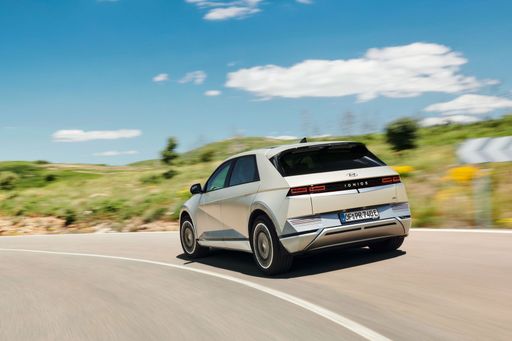 @ hyundai.news
@ hyundai.news
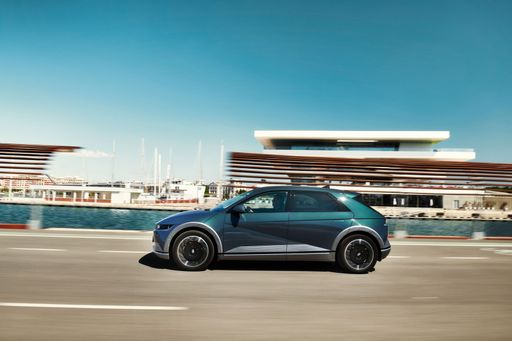 @ hyundai.news
@ hyundai.news
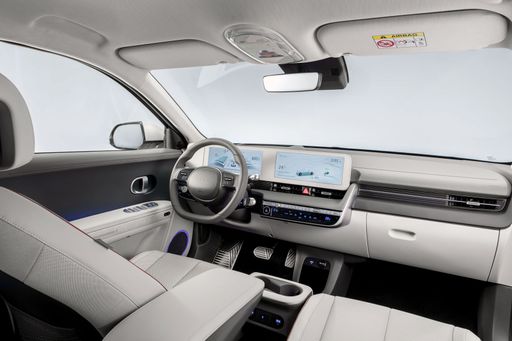 @ hyundai.news
@ hyundai.news
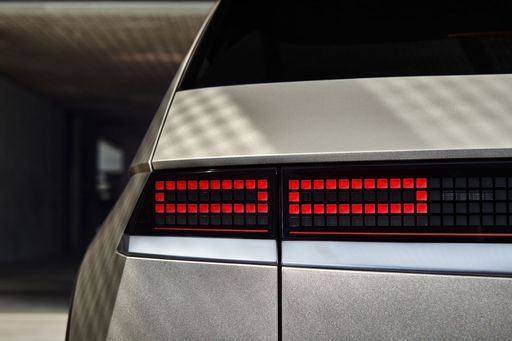 @ hyundai.news
@ hyundai.news
Renault Captur
The Renault Captur is a compact SUV that combines stylish design with practical functionality, making it a popular choice for urban drivers. Its interior offers a versatile and comfortable space, featuring high-quality materials and modern technology. On the road, the Captur delivers a smooth and efficient driving experience, perfect for both city commutes and weekend adventures.
details @ renault-presse.de
@ renault-presse.de
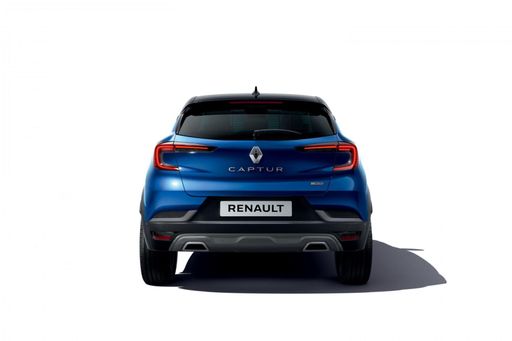 @ renault-presse.de
@ renault-presse.de
 @ renault-presse.de
@ renault-presse.de
 @ renault-presse.de
@ renault-presse.de

|

|
|
|
|
Costs and Consumption |
|
|---|---|
|
Price
38500 - 64200 £
|
Price
20100 - 28300 £
|
|
Consumption L/100km
-
|
Consumption L/100km
4.5 - 6 L
|
|
Consumption kWh/100km
15.6 - 21.2 kWh
|
Consumption kWh/100km
-
|
|
Electric Range
440 - 570 km
|
Electric Range
-
|
|
Battery Capacity
63 - 84 kWh
|
Battery Capacity
-
|
|
co2
0 g/km
|
co2
102 - 135 g/km
|
|
Fuel tank capacity
-
|
Fuel tank capacity
48 L
|
Dimensions and Body |
|
|---|---|
|
Body Type
SUV
|
Body Type
SUV
|
|
Seats
5
|
Seats
5
|
|
Doors
5
|
Doors
5
|
|
Curb weight
1955 - 2275 kg
|
Curb weight
1293 - 1514 kg
|
|
Trunk capacity
480 - 520 L
|
Trunk capacity
326 - 422 L
|
|
Length
4655 - 4715 mm
|
Length
4239 mm
|
|
Width
1890 - 1940 mm
|
Width
1797 mm
|
|
Height
1585 - 1605 mm
|
Height
1575 mm
|
|
Max trunk capacity
1540 - 1580 L
|
Max trunk capacity
1276 - 1363 L
|
|
Payload
385 - 530 kg
|
Payload
376 - 457 kg
|
Engine and Performance |
|
|---|---|
|
Engine Type
Electric
|
Engine Type
Petrol MHEV, Petrol, Full Hybrid
|
|
Transmission
Automatic
|
Transmission
Manuel, Automatic
|
|
Transmission Detail
Reduction Gearbox
|
Transmission Detail
Manual Gearbox, Dual-Clutch Automatic, Automatic Gearbox
|
|
Drive Type
Rear-Wheel Drive, All-Wheel Drive
|
Drive Type
Front-Wheel Drive
|
|
Power HP
170 - 650 HP
|
Power HP
91 - 158 HP
|
|
Acceleration 0-100km/h
3.5 - 8.5 s
|
Acceleration 0-100km/h
8.5 - 14.3 s
|
|
Max Speed
185 - 260 km/h
|
Max Speed
168 - 180 km/h
|
|
Torque
350 - 770 Nm
|
Torque
160 - 270 Nm
|
|
Number of Cylinders
-
|
Number of Cylinders
3 - 4
|
|
Power kW
125 - 478 kW
|
Power kW
67 - 116 kW
|
|
Engine capacity
-
|
Engine capacity
999 - 1789 cm3
|
General |
|
|---|---|
|
Model Year
2024
|
Model Year
2024 - 2025
|
|
CO2 Efficiency Class
A
|
CO2 Efficiency Class
D, C
|
|
Brand
Hyundai
|
Brand
Renault
|
What drive types are available for the Hyundai IONIQ 5?
The Hyundai IONIQ 5 is available as Rear-Wheel Drive or All-Wheel Drive.
The prices and data displayed are estimates based on German list prices and may vary by country. This information is not legally binding.
